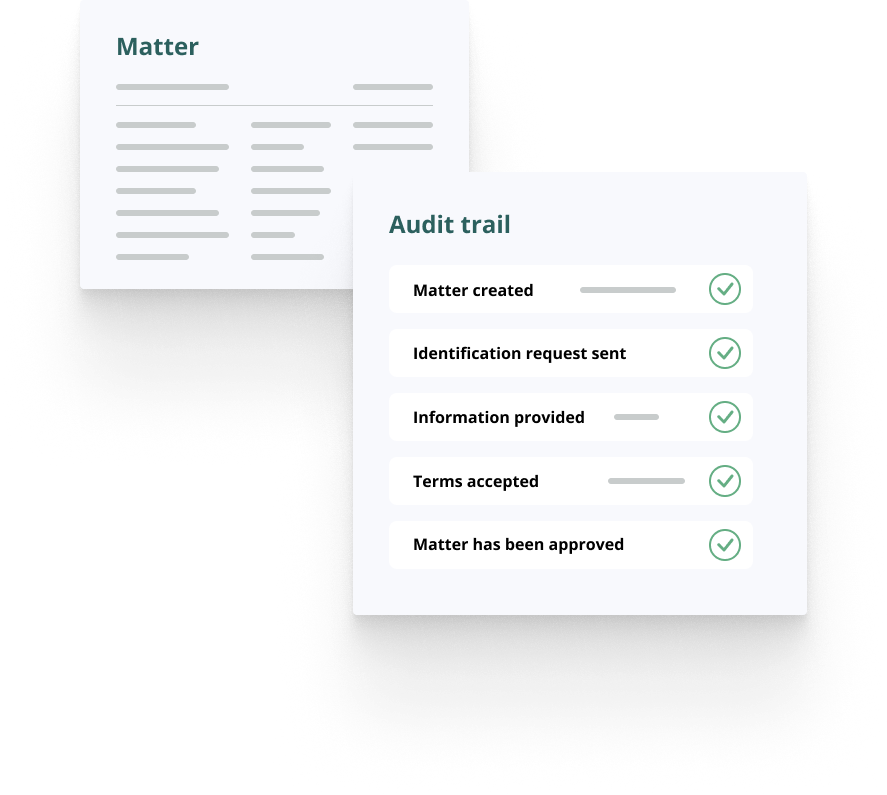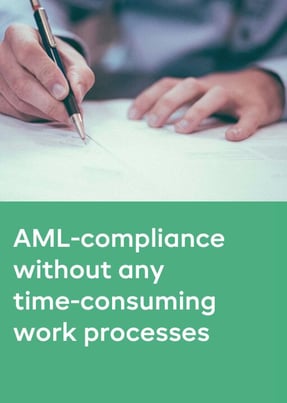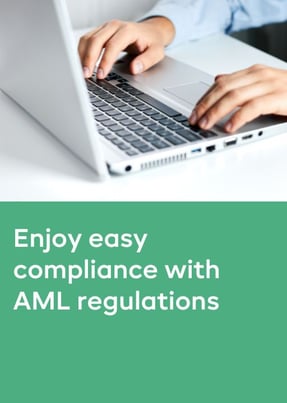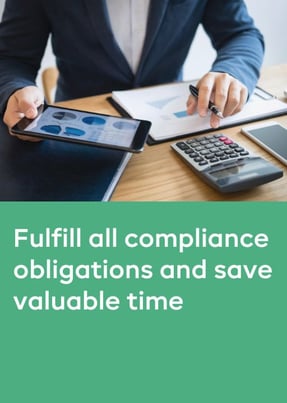- Products
- RegLab for ...
- Knowledge centre
Download the AML glossary >
 Discover the essential AML compliance terminology and gain instant access to a comprehensive guide
Discover the essential AML compliance terminology and gain instant access to a comprehensive guide - The company
Working at RegLab >
Join RegLab as the new Product Owner of our software tool and change the way the legal community approaches anti-money laundering.
There may not be any vacancies that perfectly match your profile, but that does not mean there is no room for someone who can improve RegLab.
- Book a demo
Reports for the supervisor: prepared for an audit
Is the regulator paying a visit? Then you don't want to search for your documents. Then you want to show: this is how we comply with anti-money laundering legislation. Clear, up-to-date and all in one place. Because if you have an overview, you keep control of AML compliance.
Why is good documentation essential for the regulator?
Regulators want an overview. No loose documents or vague explanations, but clear reports that show at a glance how your firm applies money laundering prevention. Both at firm level and for individual matters.
Do you still do the AML process manually? Then it is difficult to show exactly where the risks are and how they have been investigated. If you have no data available, then you cannot give substantiated answers either.
Do you have your matters digitally in place? Then you have a complete overview with just one click. Including risk profiles. This not only shows you how many AML matter you have, but also how you monitor them. That will please a supervisor.
What do you need to show during an audit?
The regulator tests whether your policies and practices are in line with anti-money laundering. It is therefore important to have the following things in place:
Up-to-date and written AML policy
It is crucial that you describe in the policy how you make AML assessments. Include in your AML policy your firm's risk appetite and document the entire work process, from identifying new clients to reporting suspicious transactions. Make sure you review and update the policy at least once a couple of years.
AML administration
The essence of any AML check is your client documentation. The regulator reviews some random matters and assesses whether you meet AML obligations within those matters. Always conduct a client due diligence, save documentation, findings and risk assessments, and comply with reporting and training obligations.
AML or not?
Show how you have assessed whether a matter falls under the anti-money laundering legislation. Without this documentation, the regulator can dig deeper into the assessment. An overview in which you provide insight on a case-by-case basis works in your favour.
Monitoring of pending matters
The regulator increasingly requires strict monitoring of all active matters. During an inspection, the regulator wants to see that you constantly keep an eye on whether a matter changes from non-AML to AML and what you do at that moment to make an AML request.
If you fail to meet the AML obligations, AML regulators can impose a penalty or fine. In very extreme cases, they will involve the public prosecutor for criminal prosecution.
Reports in RegLab
The regulator comes over for an audit. No need to panic! With just a few reports, you will convince the supervisor of your well-thought-out AML policy and its implementation. RegLab not only helps you record essential AML information and carry out inspections, but also helps you report. For instance, using a dashboard or an audit trail, you can quickly show, among other things:
- which matters are high-risk and what the follow-up actions were;
- what the status of pending matters and transactions is;
- the number of AML matters and the number of high-risk matters;
- how to monitor matters on an ongoing basis;
- which PEPs are present.

CSV file
Want to know how to download your own CSV file from RegLab and what exactly you can do with it?
Ready for an audit by the regulator
RegLab makes money laundering prevention easy. With one click, download a filled-in CSV or Excel document for the regulator from the RegLab application.
Click. Download. Done.

Up-to-date AML matters?
During an audit, the supervisor will look at how you administer your AML matters. In this article, we explain which parts the supervisor checks and how you can keep your AML management up to date.





